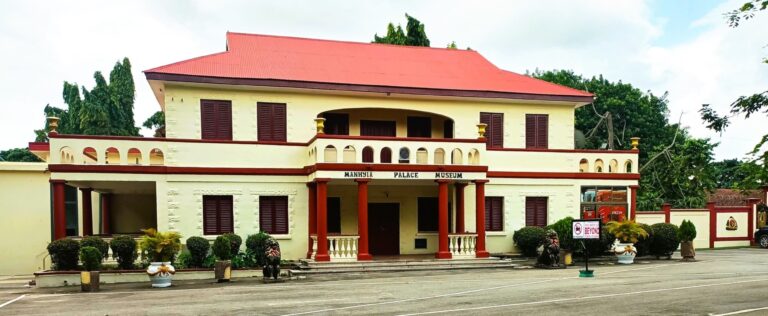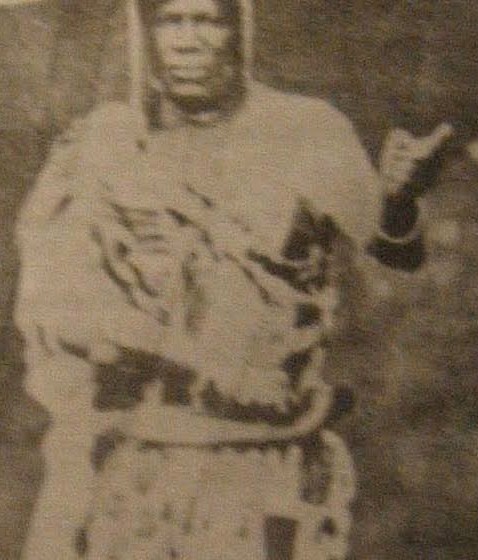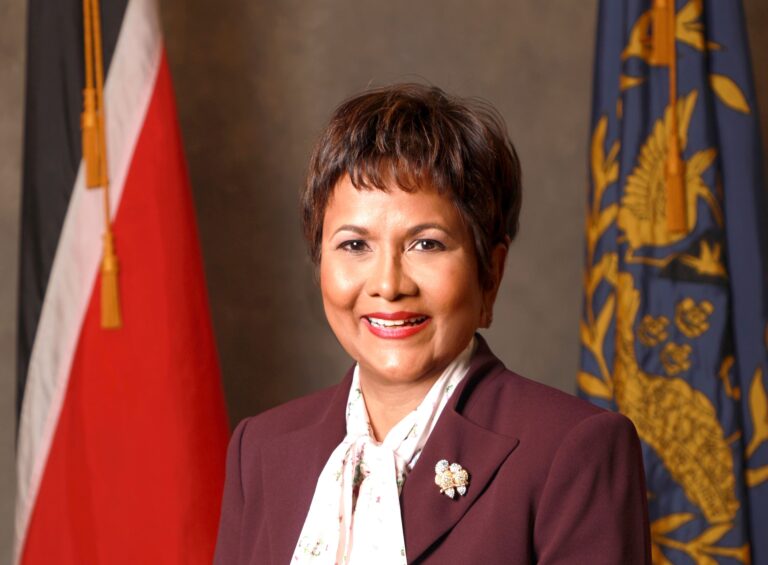
The noise ban is a critical component of Osu’s cultural framework—one that facilitates spiritual reflection, community cohesion, and the successful execution of sacred rites.
Notse Nii Nortey Owuo IV, in conjunction with the elders of the Osu Stool Council Elders, on May 16, 2025, performed the Nmaa Dumo ritual, to formally initiate the customary noise abatement period that precedes the annual Homowo Festival.
This ritual serves as both a spiritual and socio-cultural marker, reinforcing traditional authority and communal observance in preparation for the festival.
In his address at the ceremony, Nii Nortey Adumuah IV, Osiahene of Osu, extended cordial greetings to the community and underscored the significance of the ritual as a conduit for blessings and development. He further emphasized that the observance of the silence period is a sacred tradition aimed at invoking divine favour for farmers, fishermen, workers, and the broader Osu community.
Nii Nortey Adumuah IV had a message for the community: a new noise abatement directive was set to take effect three weeks following the recent ritual. With a heartfelt appeal, he called on nightclubs, bars, churches, and all establishments that create notable noise to embrace this directive.
He emphasised that this measure was not about punishment; rather, it was a culturally significant initiative designed to promote harmony and invite blessings for everyone in the community.
Nii Nortey said the month of May is officially designated for the annual noise abatement within the Osu Traditional Area. This directive encompasses all communities under the jurisdiction of the Osu Stool Council, including Hatcho, Abokobi, Nima, Momobi, Ayarko, and Dwuolo, all of which are expected to observe the period of silence with strict adherence.
He announced that in order to ensure compliance with this long-standing cultural edict, dedicated task forces would be deployed throughout the affected areas; pointing out that the noise ban was not a mere procedural formality, but a critical component of Osu’s cultural framework—one that facilitates spiritual reflection, community cohesion, and the successful execution of sacred rites.
Story: Janet Ayethe







